At 2 am on November 11, Beijing time, Apple will hold its third autumn conference this year. Prior to this, Apple has successively released the new iPad, Apple Watch and iPhone. It will be the first Mac computers using Apple's self-developed chips to be unveiled next week. In the English invitation letter of this conference, Apple used the classic "One More Thing" as a slogan, which shows how much Apple attaches to this new product.
At the WWDC Developers Conference in June this year, Apple announced that it will bring its own chip Apple Silicon to Mac computers, and will launch a new Mac equipped with a self-developed chip at the end of 2020, but in the next few months, there will be details on the self-developed chip Mac Information has not been much.
Tim Cook introduces self-developed chip Mac (WWDC)
According to Bloomberg News recently, the first batch of three MacBooks equipped with self-developed chips: 13-inch MacBook Air, 13-inch MacBook Pro and 16-inch MacBook Pro. The exterior design of the three MacBooks continues the previous generations, with only internal hardware changes. The two 13-inch models have been produced by Foxconn, and the 16-inch models are produced by Quanta. Apple will launch at least two of them at this press conference. As for the model specifications, pricing and release date, there is currently no specific information. .
The Mac can be regarded as the last hardware in Apple’s product line that uses self-developed chips. According to the introduction by Johny Srouji, senior vice president of Apple’s hardware department at WWDC, Apple has accumulated years of chip development experience on iPhone, iPad and even Apple Watch. They hope to Find the balance between performance and power consumption, and bring high-performance and low-power chips to the computer. Bloomberg mentioned in the report that the first batch of self-developed chip Macs will be based on the A14 chip, and media such as AppleInsider also indicated that it may be the more powerful A14X processor.
A14 is the first 5nm process chip launched by Apple, which means that there are more transistors on the chip-from 8.5 billion A13 to 11.8 billion, Apple also has room to further improve the performance of the CPU and GPU in the chip, but Apple chose to improve its machine learning capabilities. The number of Neural Engine cores in A14 has doubled compared to last year, and it can perform 11 trillion calculations per second. Tim Millet, vice president of platform architecture, mentioned in an interview with foreign media Engadget and Stern that Apple is looking forward to the future of machine learning. More and more apps use machine learning to provide users with interesting functions, and a separate neural engine core It can also reduce the burden of GPU processing tasks.
Apple's self-developed chip architecture (WWDC)
However, since the new Mac is not yet on sale, the actual experience of Apple's self-developed chip will not be known until the device is obtained. But it is certain that the self-developed chip Mac will have an exclusive advantage that is different from the current Mac, because the underlying architecture is the same as the iPhone chip, users of the new Mac can directly download the iOS application through the Mac App Store to run on the computer, provided that the development The user chose to put the application on the Mac App Store.
Run iOS applications such as "Monument Valley" and "Calm" on Mac (WWDC)
Another potential benefit of self-developed chips is the integration of hardware and systems. The Apple team is responsible for hardware R&D and software development. It can be deeply integrated from the bottom to achieve greater potential. The macOS Big Sur, which is still in the testing stage, not only uses a new The UI design language has also made a lot of adaptations for the self-developed chip Mac, and the official applications in the system can be directly run on the self-developed chip Mac.
However, the current macOS system ecology is far more complicated than that of iOS. The Mac App Store is not the only way for users to install software. The level of attention is much lower than that of the App Store. The underlying architecture has been changed. Software adaptation requires a lot of work. Apple plans to Complete within two years.
Apple announced a number of new features at WWDC to allow users and developers to transition smoothly. When developers use Xcode to develop programs, they can use the Universal 2 function to compile software for both Intel architecture and self-developed chip architecture, and be compatible with both devices. For users, if the software used is not compatible with the self-developed chip Mac, Rosetta 2 will translate the software into a language that can run on the Mac when the software is first installed or started.
In order to allow developers to start adapting the software before the official release of the new product, Apple launched the "Developer Transition Kit" (Developer Transition Kit) after the WWDC conference, a Mac mini equipped with an A12Z chip. Developers can At that time, I applied for the kit and started the adaptation work.
In addition, Apple has also cooperated with major companies such as Microsoft and Adobe to promote the adaptation of Photoshop, Lightroom, and Office office software. Recently, in the Beta version of Excel's update log, we have also seen instructions for adapting some functions to the self-developed chip Mac.
PowerPoint (WWDC) adapted to the self-developed chip Mac
Recently, The Verifier also broke the news that Apple plans to launch the Mac version of TestFlight to facilitate developers to better conduct internal testing before the official release of the app.
In addition to the new Mac, the only tracking device AirTags and the headset AirPods Studio are left in the products rumored to be released this year. AirTags is a Bluetooth tracking device that Apple will launch, which can automatically pair with the user's iOS device. . After the pairing is completed, the user can check the location of each AirTags on the mobile phone, and then find the item by positioning.
Apple may integrate the AirTags interface with Find My app. When looking for items, Apple may also use AR technology to integrate real-world scenarios and Bluetooth positioning, so that users can find targets more intuitively. The U1 chip on the latest generation of iPhones already allows devices to pair with each other and transfer data by pointing in a specific direction. This technology will also be linked with AirTags.
AirTags rendering (photo/Jon Prosser)
If the user's AirTags are lost, the lost mode can be turned on. In this mode, other iPhone users will pop up a prompt when they approach the item, requesting the user's contact information in order to return the lost item. MacRumors stated that AirTags will be powered by CR2032 button batteries, and each battery can supply power for up to one year on average. AirTags is expected to sell for between US$25 and US$35.
AirPods Studio is Apple’s first wireless headset. Bloomberg reported on April 4 this year that AirPods Studio may have two versions. One of them is a high-end version that uses leather-like fibers, and the other is more sports-oriented, using breathable materials, and the whole is lighter. In terms of functional experience, AirPods Studio may have active noise reduction capabilities, and the noise reduction mode is similar to AirPods Pro. AirPods Studio will also be equipped with a head and neck detection function similar to AirPods wearing detection, which will automatically detect whether the user is wearing the headset on the head or hanging on the neck, and then automatically pause or play music.
Jon Prosser said that the AirPods Studio body will be made of leather + metal, equipped with a USB-C interface, and there is no need to distinguish between left and right ears when wearing it. The reason why it can be done regardless of left or right, @L0vetodream said is because AirPods Studio will have a built-in U1 chip. The U1 chip appeared in the iPhone 11 series for the first time. It uses ultra-wideband technology to allow the device to have spatial awareness. It can sense other nearby devices equipped with the U1 chip and accurately determine their positional relationship.
Both AirTags and AirPods Studio are products that have been rumored to be unveiled since the September conference, but they have not been released until now. The latest rumors also point out that AirPods Studio is likely to be postponed to 2021. Although everyone is looking forward to Apple's more product launches this year, the November conference is likely to be a one-man show for MacBook.
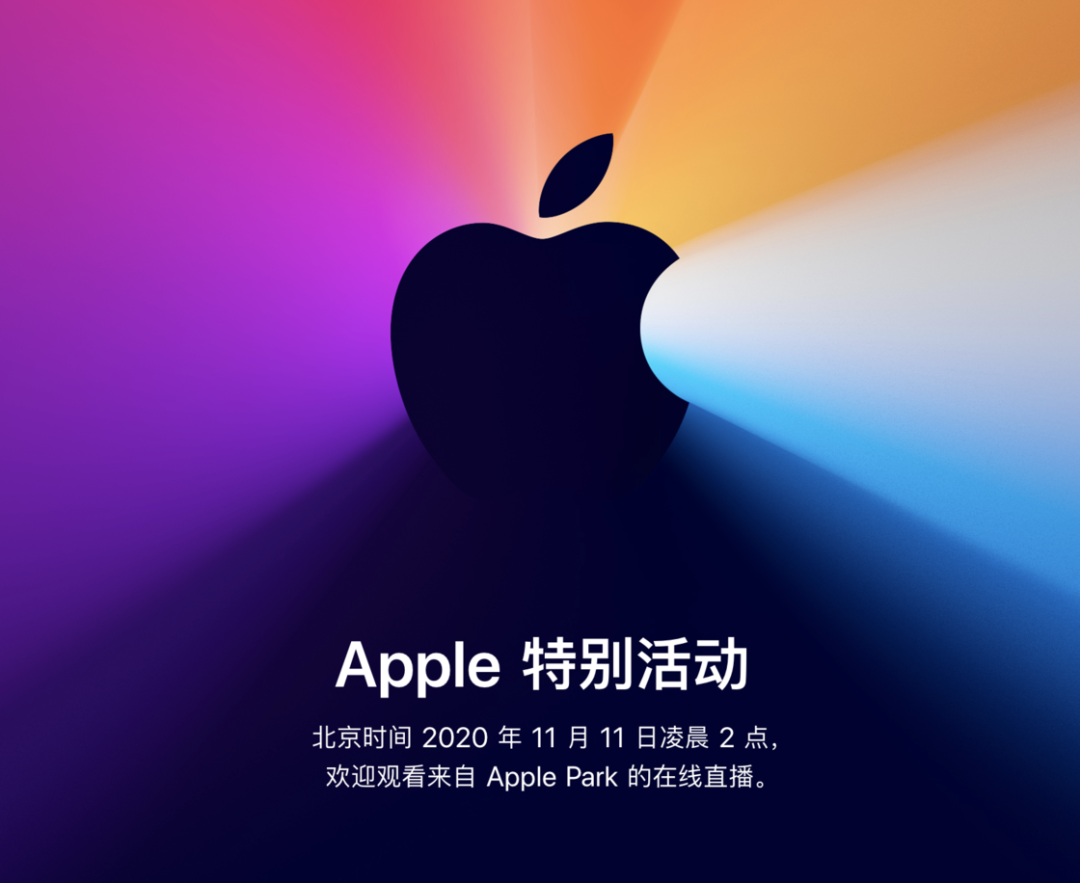
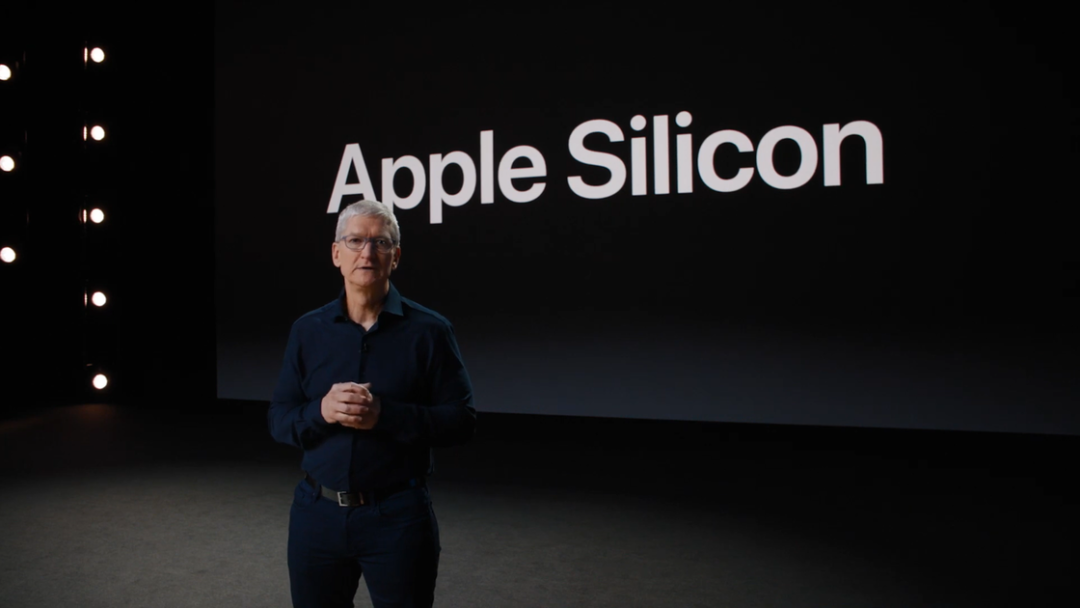
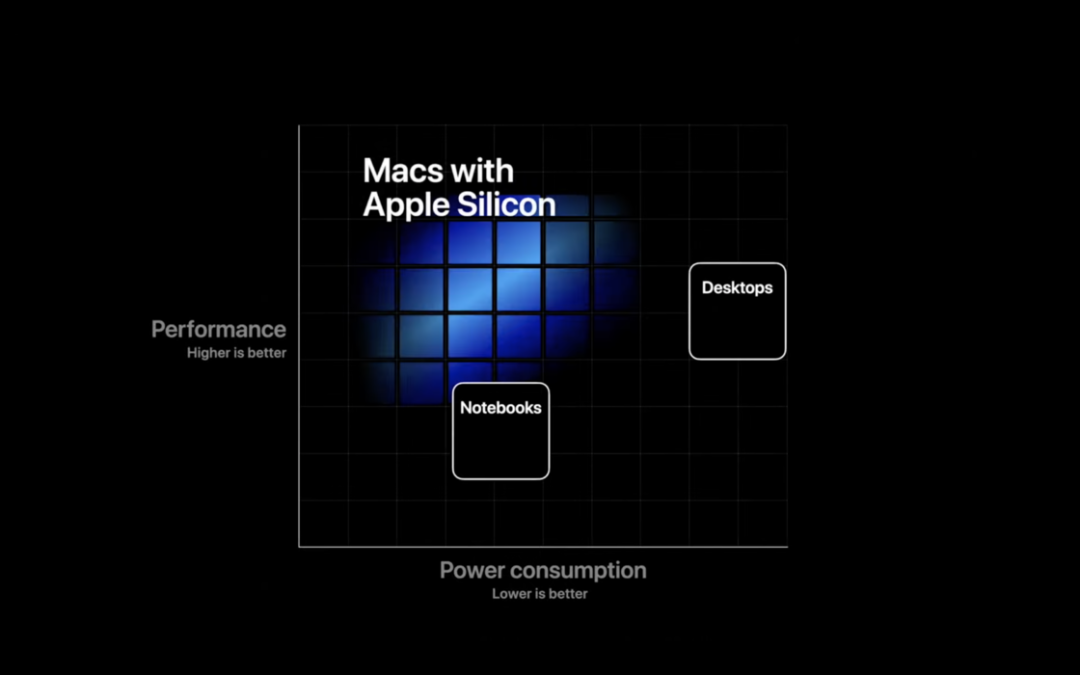
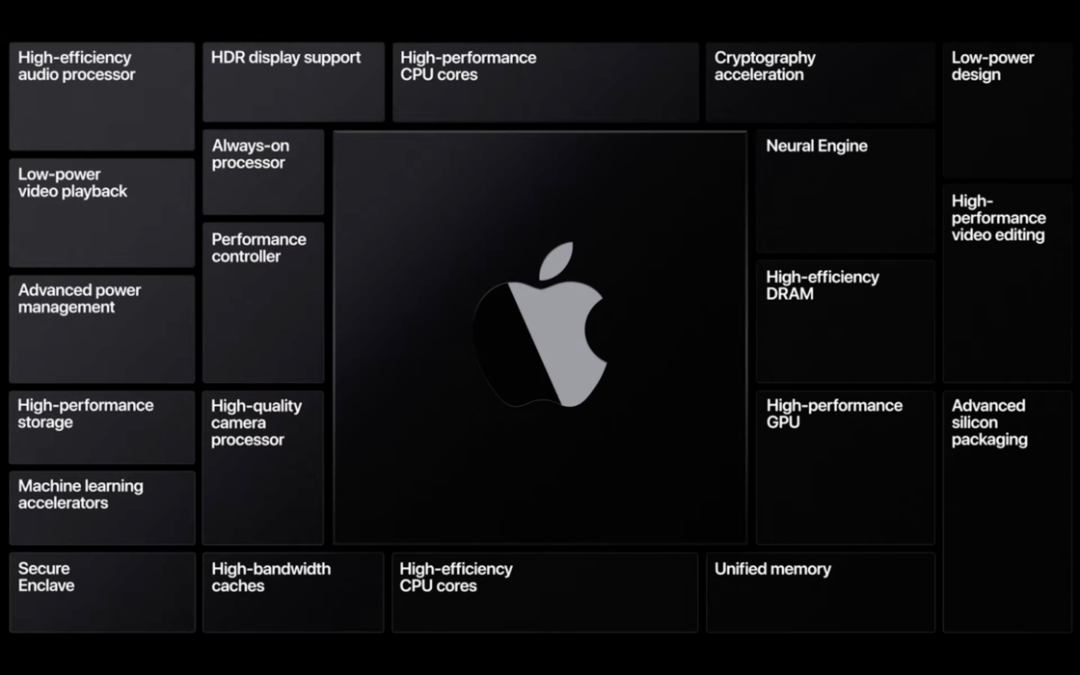
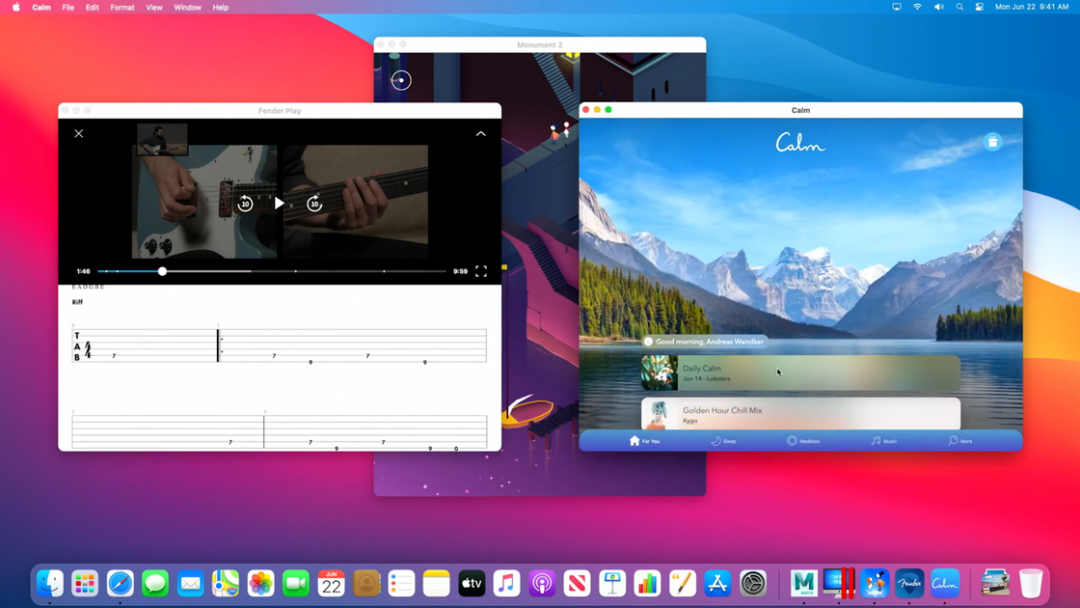
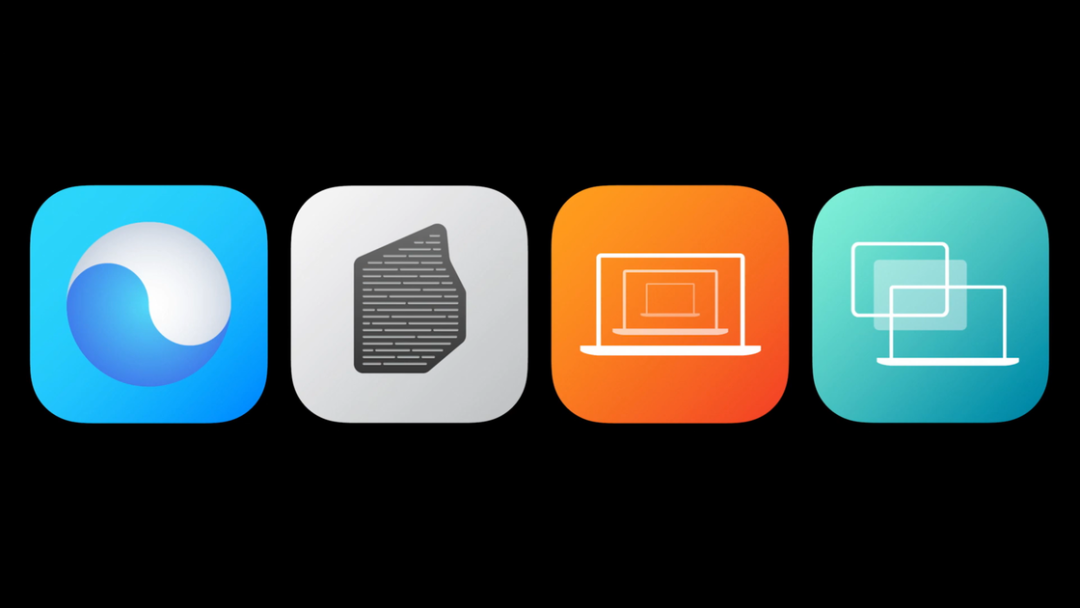
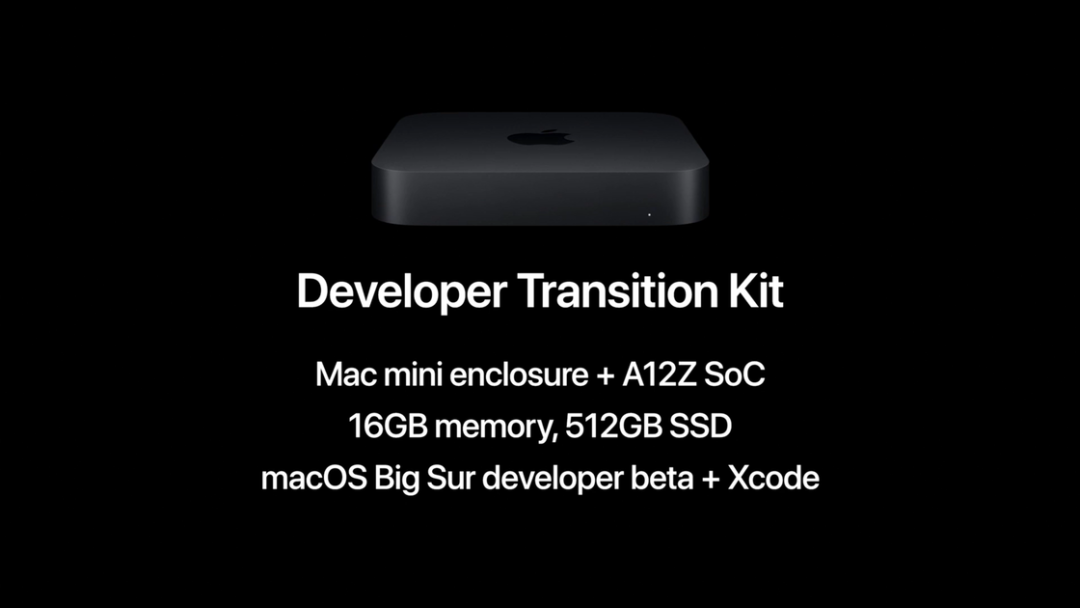
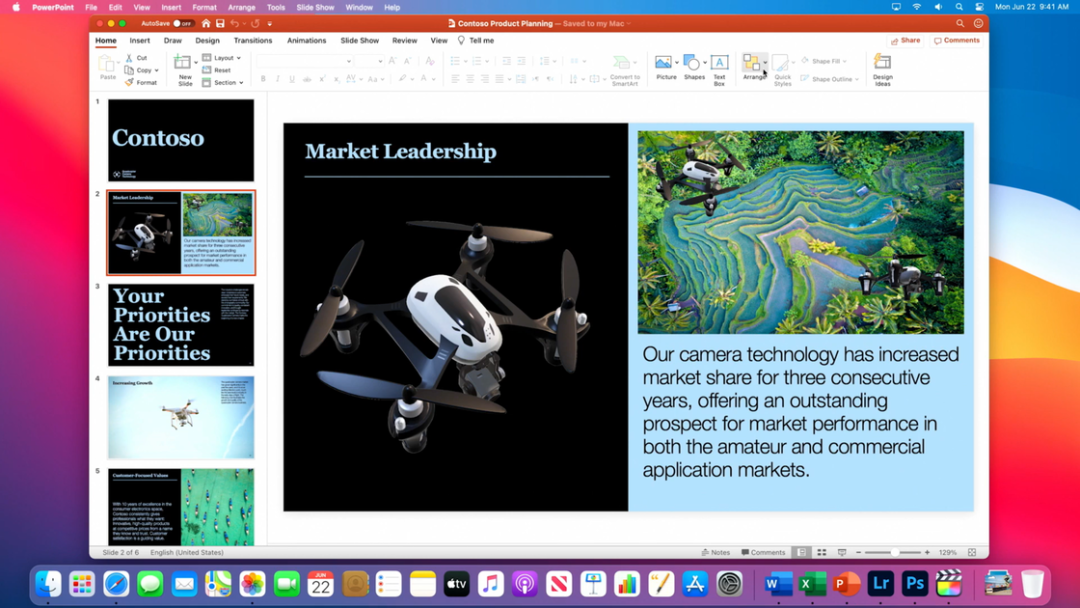
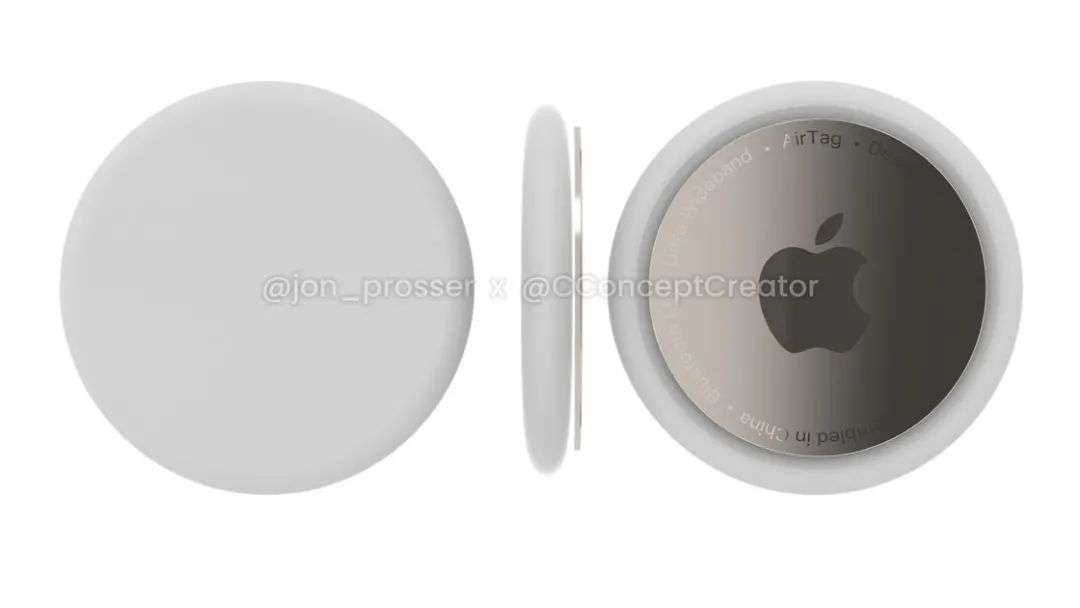
No comments:
Post a Comment